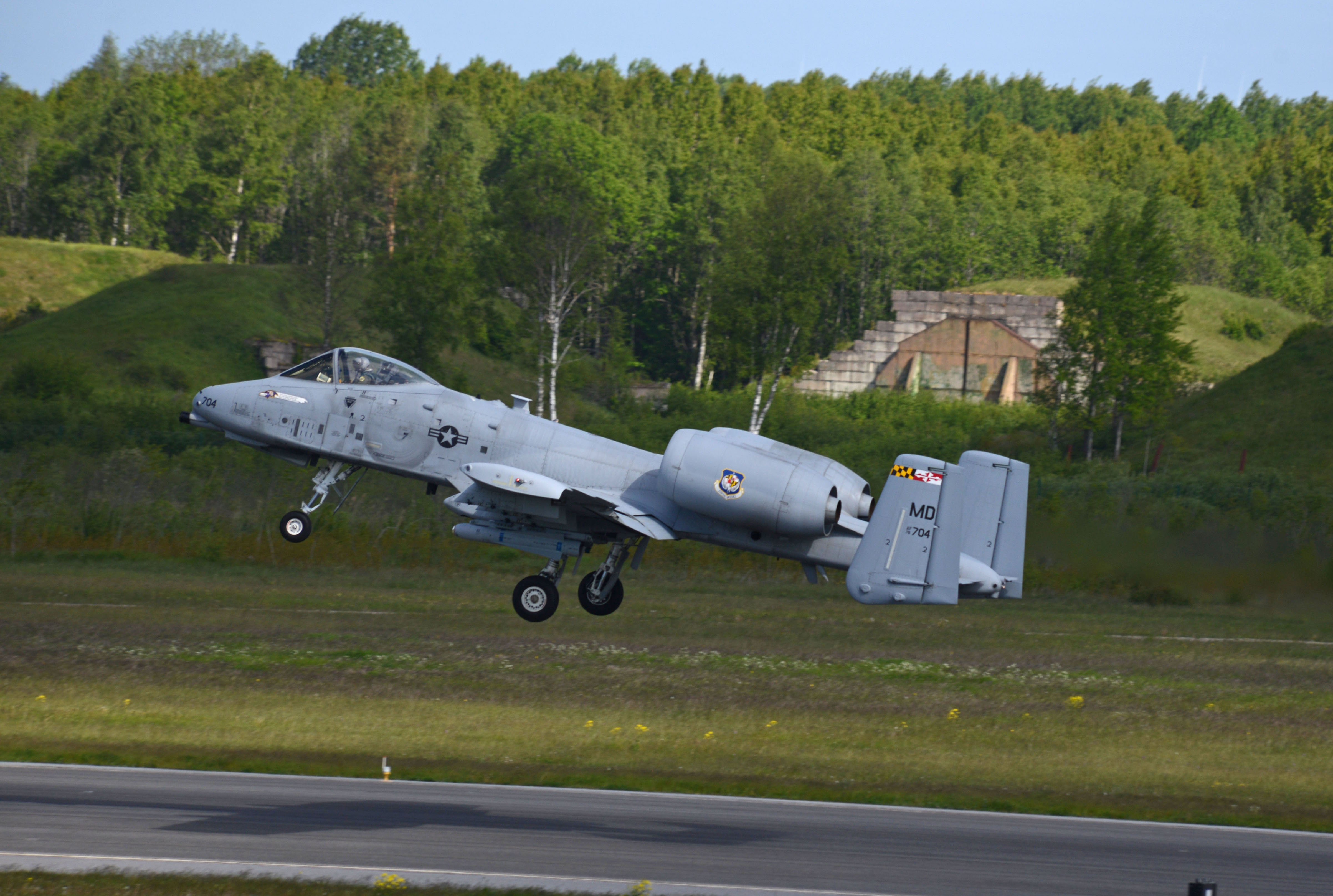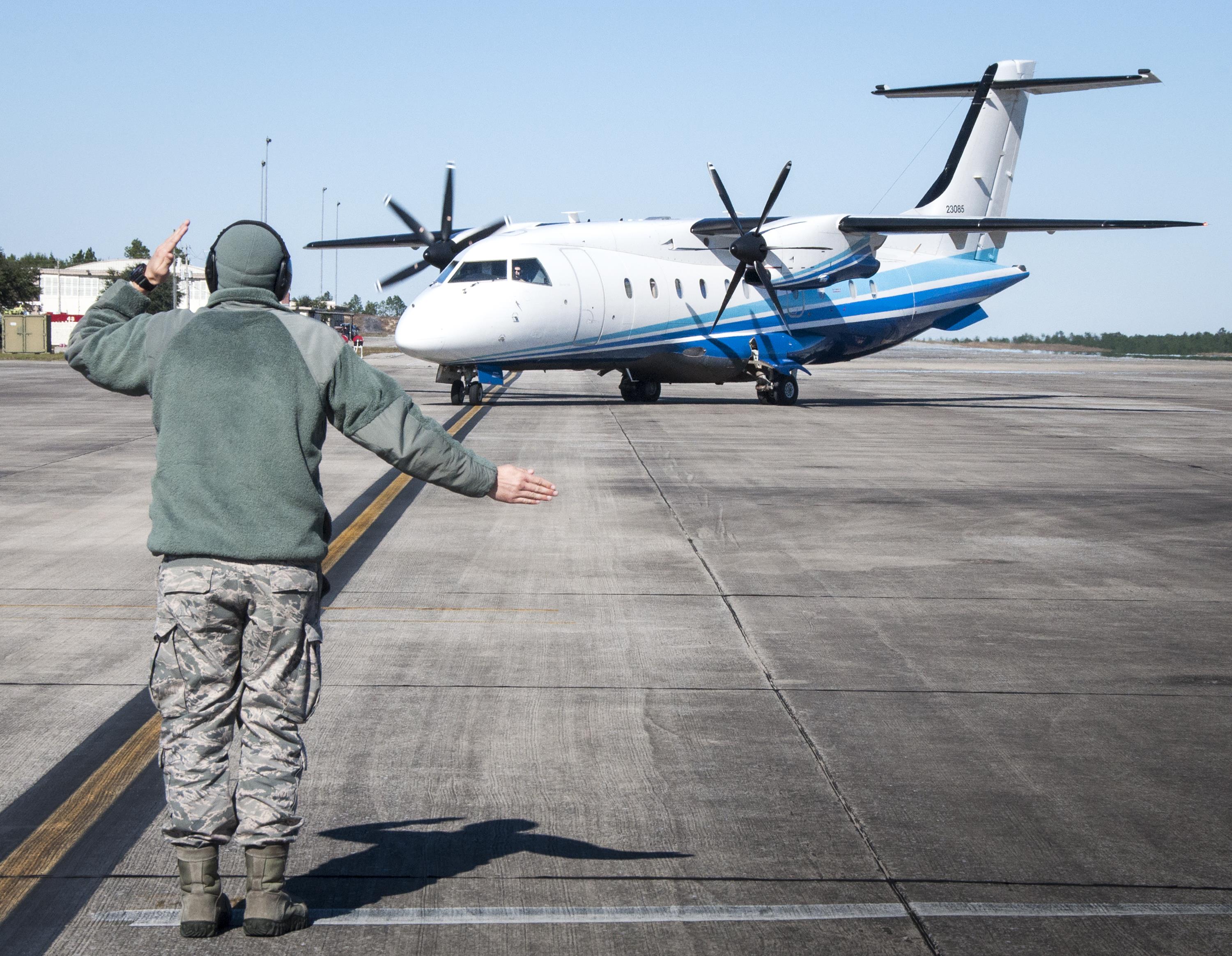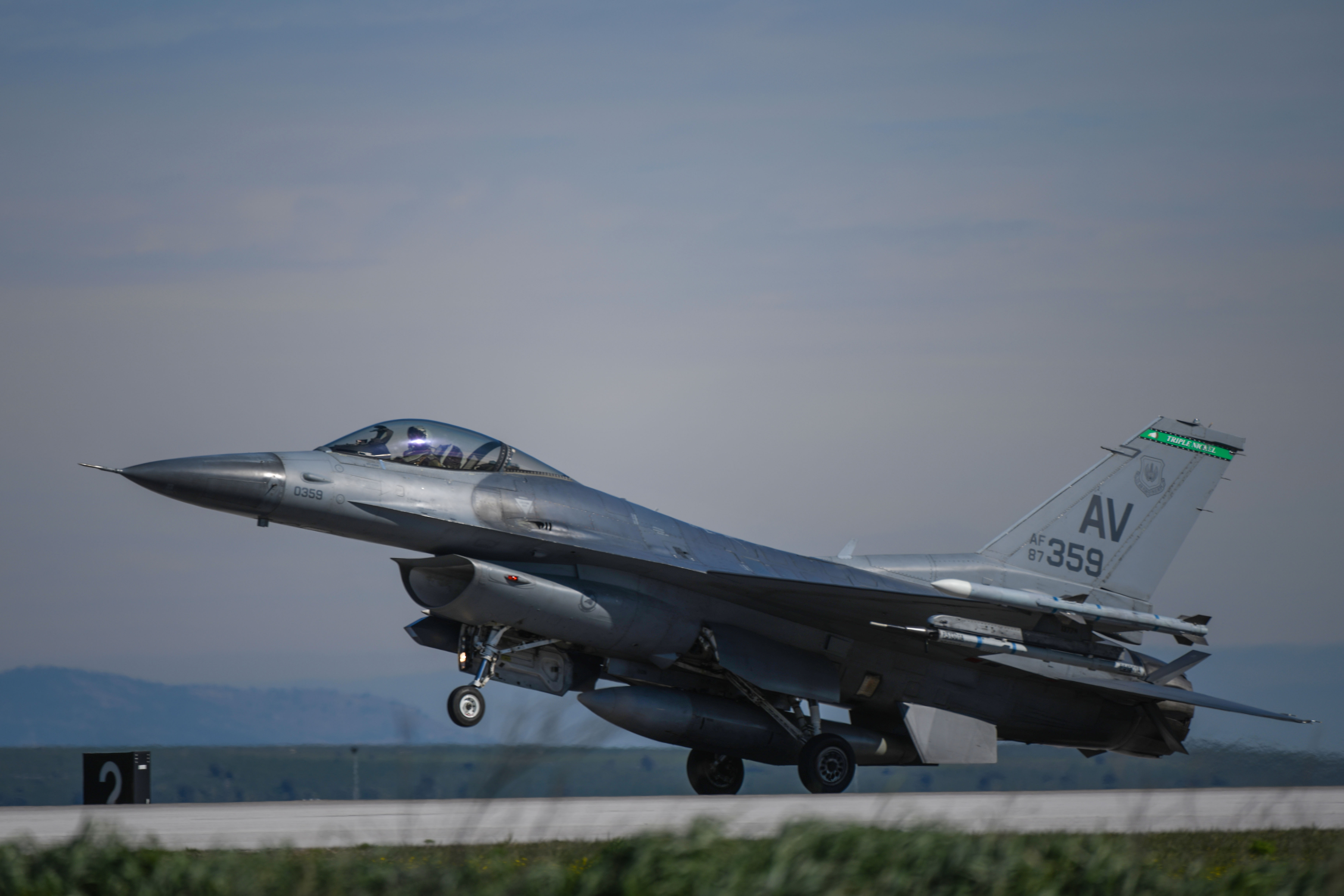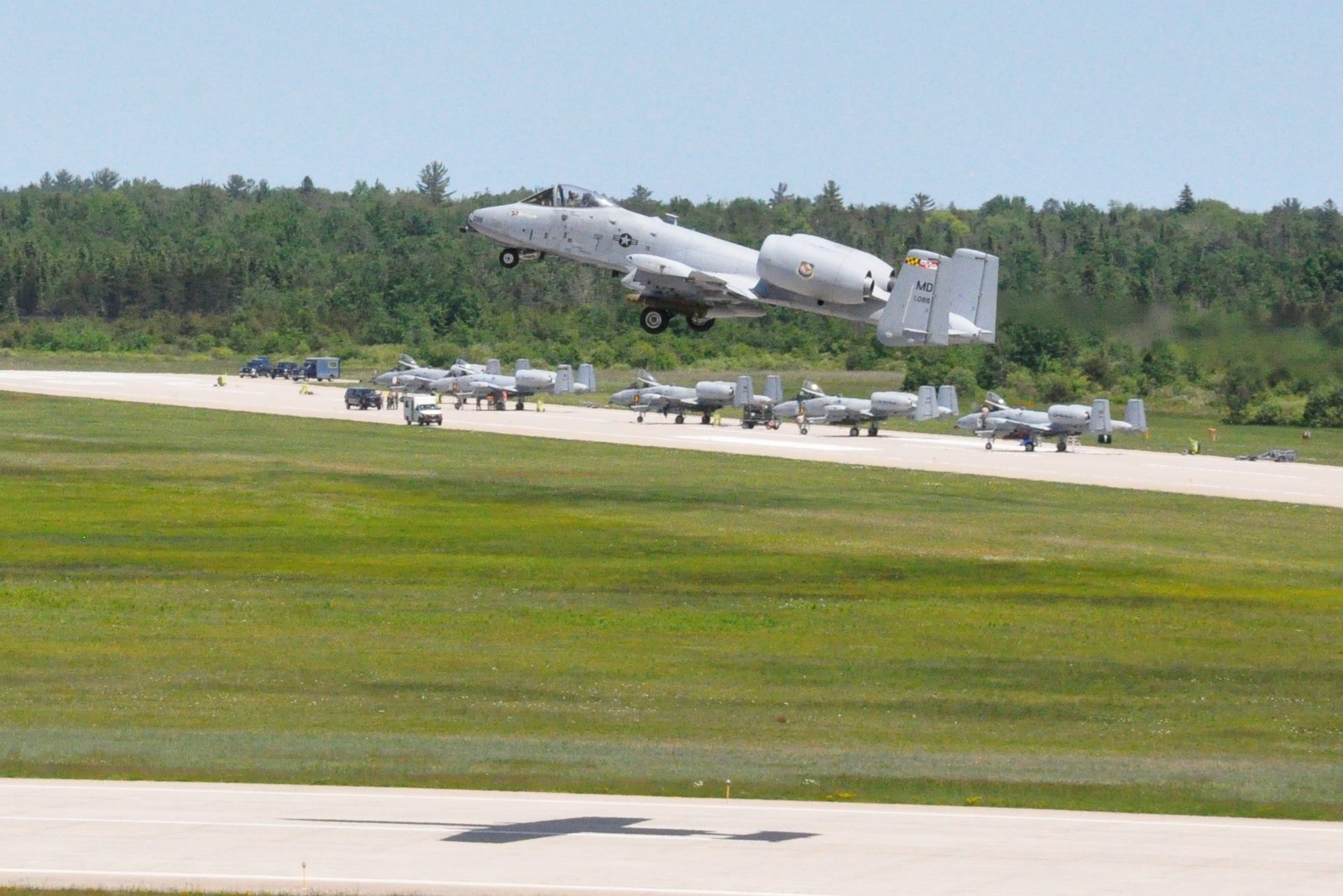For the first time in recent history, the U.S. Air Force is going to take its aircraft out onto highways in the United States for an exercise. Four A-10C Warthog attack aircraft and a pair of C-146A Wolfhound special operations transports are due to take part in the road-landing drill, which is a part of the wider Exercise Northern Strike. As well as being a unique event in the United States, the upcoming highway deployment reflects the ever-increasing importance of dispersed operations for the U.S. military, including as part of the Air Force’s Agile Combat Employment (ACE) initiative.
The highway exercise will take place on August 5 and is being run by the Michigan Air National Guard. With the help of the Michigan Department of Transportation (MDOT). A stretch of the Michigan State Highway M-32 near Alpena will be closed off for five hours, as the A-10s and C-146s touch down there.

“This is believed to be the first time in history that modern Air Force aircraft have intentionally landed on a civilian roadway on U.S. soil,” said U.S. Air Force Colonel James Rossi, Alpena Combat Readiness Training Center commander. “Our efforts are focused on our ability to train the warfighter in any environment across the continuum so our nation can compete, deter, and win today and tomorrow.”
The highway drills will be conducted by the Michigan Air National Guard’s 127th Wing, which flies A-10Cs from Selfridge Air National Guard Base. Also involved is the Air Force’s 355th Wing, which also operates A-10Cs, as well as combat search and rescue assets from Davis-Monthan Air Force Base, Arizona, Finally, there is participation by the Air Force Special Operations Command (AFSOC), from Duke Field, Florida, which is responsible for the C-146A, among other platforms.
This particular stretch of highway has been chosen due to its proximity to the Alpena Combat Readiness Training Center that’s one of the facilities being used for Northern Strike 21-2, described as “one of the National Guard’s largest joint, readiness producing exercises.” The maneuvers will be run out of Michigan’s National All-Domain Warfighting Center (NADWC), a huge training range where sea, land, air, space, and cyber capabilities can all be put to the test. Here, flying assets have around 17,000 square miles of special-use airspace in which to train.
For its part, the Michigan Air National Guard will also bring useful expertise to the highway drill, A-10s from the 127th Wing’s 107th Fighter Squadron having operated from austere locations in the past, among them various deployments from highways in Estonia, including as part of the multinational Saber Strike exercise in 2018.

What’s more, the A-10 was designed to be able to undertake just these kinds of missions as part of its requirement to keep fighting on the Cold War-era battlefield. It’s optimized for short takeoffs and landings and its landing gear boasts low-pressure tires for operating from highways and even rougher non-standard surfaces.

While much of its work is cloaked in secrecy, the C-146, which is a militarized Dornier Do 328, is also known to operate from austere locations with some regularity, fulfilling tasks such as discrete movements of special operations forces teams in different hotspots around the world. It is not clear if the two types will be operated independently, or if the C-146s will be used in support of the Warthogs, for example bringing in maintenance personnel and flight-line equipment. In the past, AFSOC MC-130J Commando II special operations tankers have been used to set up forward arming and refueling points (FARPs) for tactical fighters, so this kind of synergy is not altogether new.

It’s also not clear how much preparation work will need to be done to the highway itself before it accepts these jets, but, as we have explored in the past, standard highway strips sometimes require fairly significant changes to be made, such as removing crash barriers, power lines, signage, and lighting.
We do know that to facilitate the exercise, traffic will be detoured, with route signs to help redirect road traffic. The electrical power supply will also be temporarily shut down for residences immediately surrounding the landing area.
The highway exercise is certainly in keeping with the Air Force’s emerging operational concepts, especially Agile Combat Employment (ACE), which aims to ensure that airpower can be sustained even without access to regular airbases, which are likely to be high-priority targets for the enemy in any peer conflict, whether in Europe or the Pacific. While both these areas of operation have hosted ACE exercises, sometimes including the use of austere airstrips, practicing for these contingencies in the Continental United States is new.

Interestingly, just last week we reported that the United Kingdom was considering undertaking snap exercises in which its fighter jets operate from civilian airfields and perhaps even stretches of highway. This is all part of a move toward dispersed operations in times of tension, moving precious aircraft away from vulnerable established airbases. For the U.S. Air Force, this kind of approach could also be relevant, especially in Europe and Asia, where aircraft are increasingly concentrated on a small number of sprawling airbases.
Other aspects of this year’s Northern Strike exercise also stress some of the tenets of ACE, including the rapid insertion of an Air Expeditionary Wing (AEW) into a bare-base environment, testing the ability to move airpower assets rapidly and then set up operations in an unfamiliar setting. In this case, the 127th Wing will deploy from Selfridge ANBG to the Alpena Combat Readiness Training Center.

Once at Alpena, the 127th Wing will “establish logistics and communications in order to receive follow-on forces, generate mission employment including the austere landing on M-32, and project combat power across all domains,” said U.S. Air Force Brigadier General Bryan Teff, Michigan Air National Guard adjutant general for air.
“Michigan’s NADWC is uniquely postured to provide ample training airspace and facilities to accommodate training for the future high-end fight,” Teff added. “Michigan is integral to the joint fight and future warfighter. The joint force cannot execute without training as we fight.”
While ACE concepts, including highway operations, might be becoming more commonplace across the Air Force, there’s no doubt that having jets land on Michigan State Highway M-32 will be a unique milestone for the service, in the CONUS at least. We will continue to bring coverage of this historic training event once it kicks off next week.
Contact the author: thomas@thedrive.com
